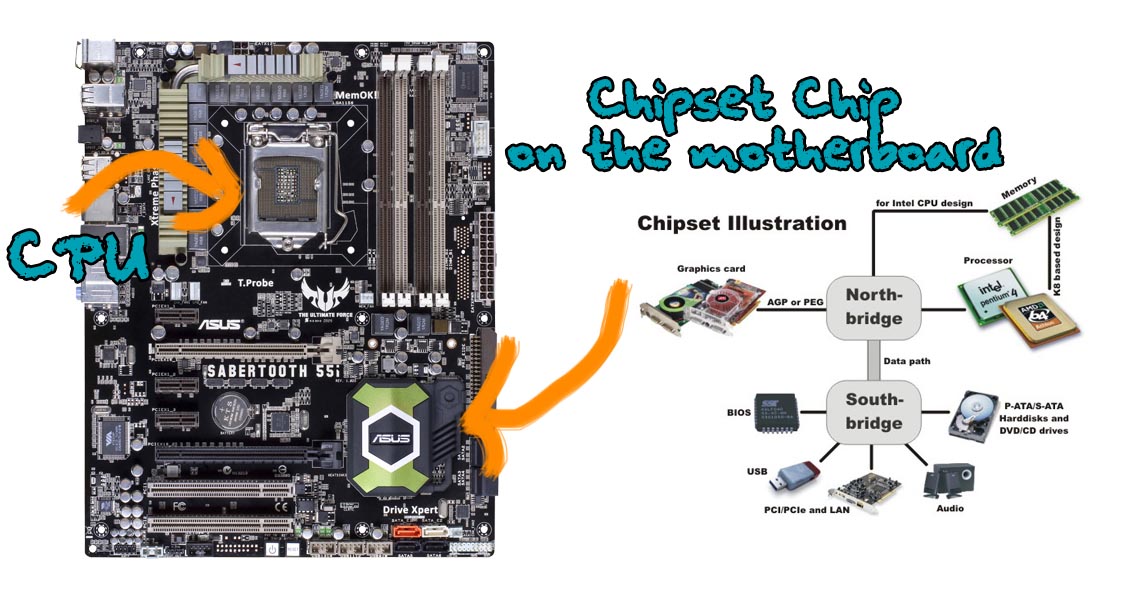Summary :
Advanced Driver Assistance System (ADAS) is a technology that collects environmental data inside and outside the vehicle at the first time by using various sensors installed on the vehicle, and processes static and dynamic objects identification, detection and tracking, so as to enable drivers to detect possible dangers in the fastest time, so as to attract attention, and active security.
- Oct 12, 2018 First remove the power rail from the top or side of the GPU. Then remove the screw holding it in place on the back of the case. Now look for a plastic tab on the PCI-Express slot on the motherboard.
- The first ROG motherboards made hardcore overclocking more accessible, and we've stayed at the forefront of bringing advanced tuning to everyone. Our automated 5-Way Optimization software delivered expert-level tweaking with a single click. The latest AI Overclocking system sets speeds automatically based on silicon and cooling quality, and can.
- 2 display driver. Usb Raid bios if avalble with updating utility software. Normally motherboard installation disc has all these drivers but it is lost as well the board is also discontinued by Intel so if anyone has it they can provide it.

Chipset drivers play an important role in controlling communications between many components in your system. To improve your system performance, it is necessary to update chipset drivers timely. How to update chipset drivers? This post from MiniTool will provide you with detailed steps.
Quick Navigation :
Before You Do
Chipset drivers have a significant impact on the communication between different components including the hard drives, system memory, etc. The outdated chipset drivers will slow down your system performance.
So, it’s crucial to update motherboard drivers for better system performance. Hauppauge drivers for windows 10. Prior to installing the chipset drivers, you would better have a look at your motherboard manual and operate properly. If you are unclear about the motherboard model and serial number, you can refer to this post.
Then you can visit the official website of your motherboard manufacturer to determine what type of chipset drivers your motherboard has. Now, let’s see how to update chipset drivers Windows 10.
In recent years, lots of users intend to update MSI BIOS. It is not a simple operation. This post will walk you through a full guide for the MSI BIOS update.
How to Update Chipset Drivers
There are 2 major ways to update motherboard drivers. You can update chipset drivers automatically in Device Manager or download and install it manually from its official website.
Method 1. Update Chipset Drivers Automatically in Device Manager
The first and simplest method to update chipset drivers is to use the Device Manager. Here’s how to do that:
Drivers First Motherboards For Ryzen
Step 1. Right-click the Start menu and select Device Manager from the context menu.
Step 2. In the Device Manager window, expand the System devices categories and right-click the chipset driver that you want to update, then select the Update driver option from the context menu.
Step 3. Then there are 2 options to update chipset drivers. Here you can select the Search automatically for updated driver software option, which can help you install the updated chipset drivers automatically.
Step 4. Windows will search for the updated chipset drivers automatically, and then you can follow the on-screen prompts to install the drivers on your computer.
Alternatively, you can update chipset drivers on Windows 10 manually. Please keep reading the following content.
Method 2. Update Chipset Drivers Manually
You can download the motherboard drivers from its official website and install it on your computer manually. To do so, you need to check the computer’s system information firstly. It is important to download the right chipset driver that is suitable for your Windows system – whether it’s Windows 10, 32- bit or 46-bit version, etc. For that:
Step 1. Press Win + I keys to open the Settings window, and then click on the System section.
Step 2. Click on the About button from the left pane, and then scroll down the right sidebar to the Device specifications section where you should find the system type is b4-bit or 32-bit.
Step 3. Navigate to the official website of your motherboard manufacturer. Here we take the Intel chipset drivers for example. Click here to visit its official website.
Step 4. Then select the Chipsets section to go on.
Step 5. In the pop-up window, you can select the Product type and Operating system type form the down-down menus to filter the chipset drivers that you want to download. Alternatively, you can type the product name or keywords in the search bar.
Downloading Drivers For Motherboard

Update Motherboard Drivers
Step 6. Select a suitable chipset driver and click on Download in the next window.

Step 7. After you download the chipset drivers, open the downloaded files and follow the on-screen prompts to install them on your computer

